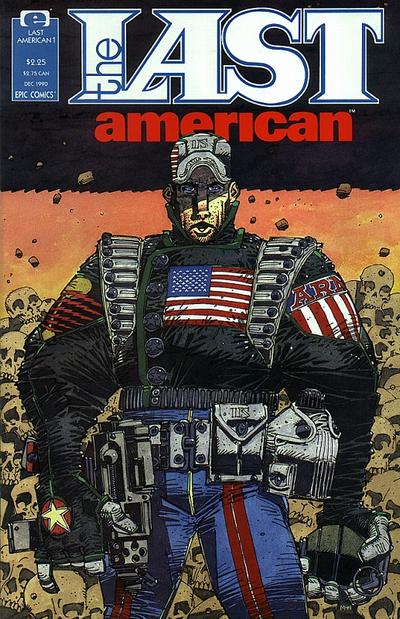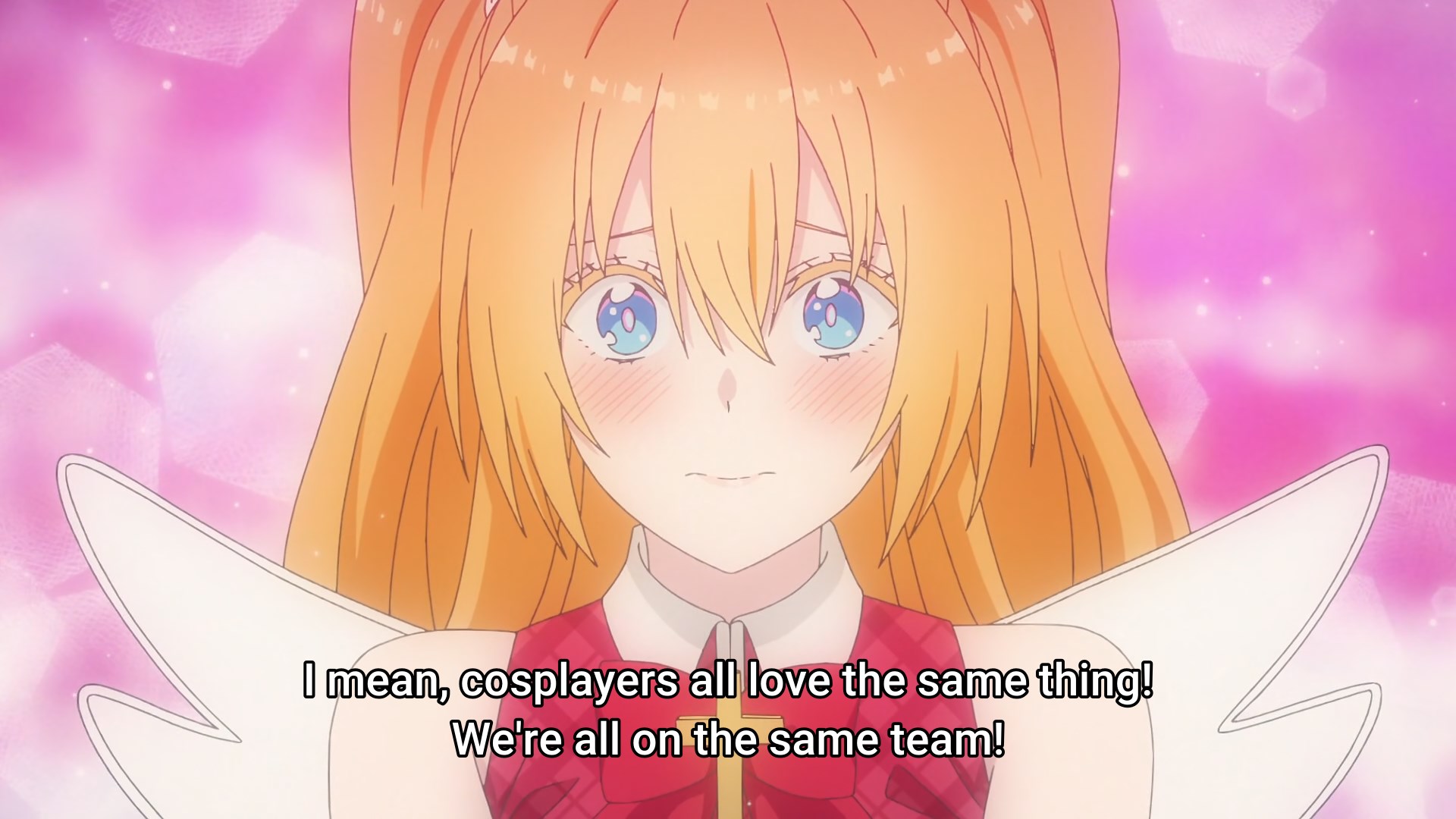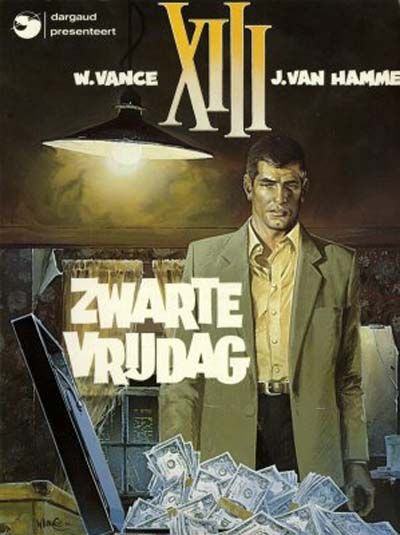The setup for this series is that Ohara and Honjoji, two low ranked staff members at a travel agency, decide to fake a marriage so they won’t be sent to the new branch in Anchourage, but I’m more impressed by the huge number of people their one branch employs.
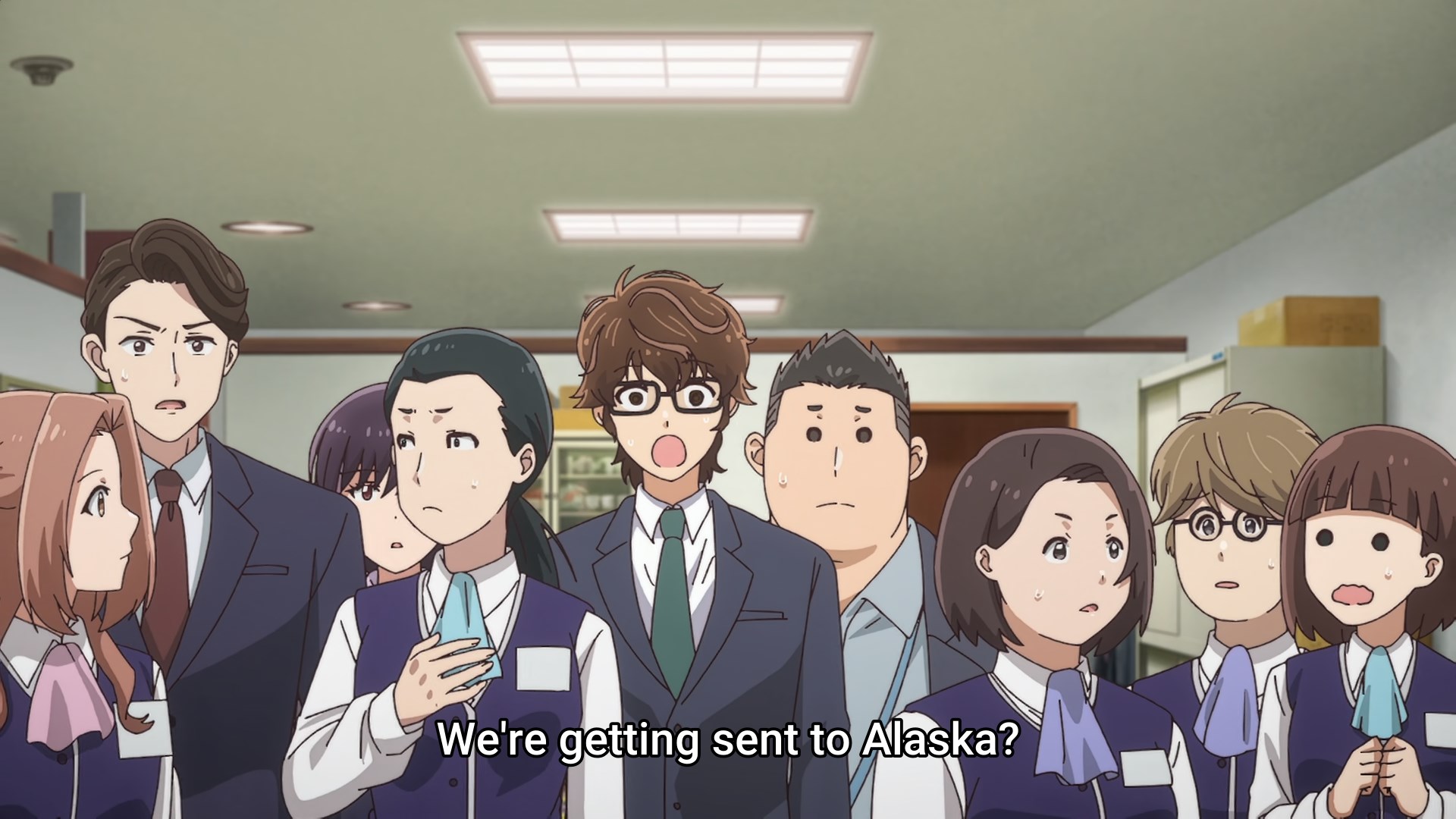
A dozen or so employees for one branch? Talk about over staffing. The whole setting is strange to me to be honest. I think the last time I personally used a travel agency, as in went physically to one of their offices to get advice, was around the turn of the millennium. I think they’re still around, but who uses them these days? even if you insist on using a travel agency, you’d do it online right, not by going to one of their branches, unless you want to do something really out of the ordinary. Even then, I doubt any Dutch agency would have this much staff. Stranger still, having them open a branch in Alaska because they want to sell more holidays there. I understand wanting somebody there to represent your agency at the holiday destination, but wouldn’t you hire locals instead? Sometimes Japan really is a foreign country, even in anime, in a way e.g. the UK isn’t.
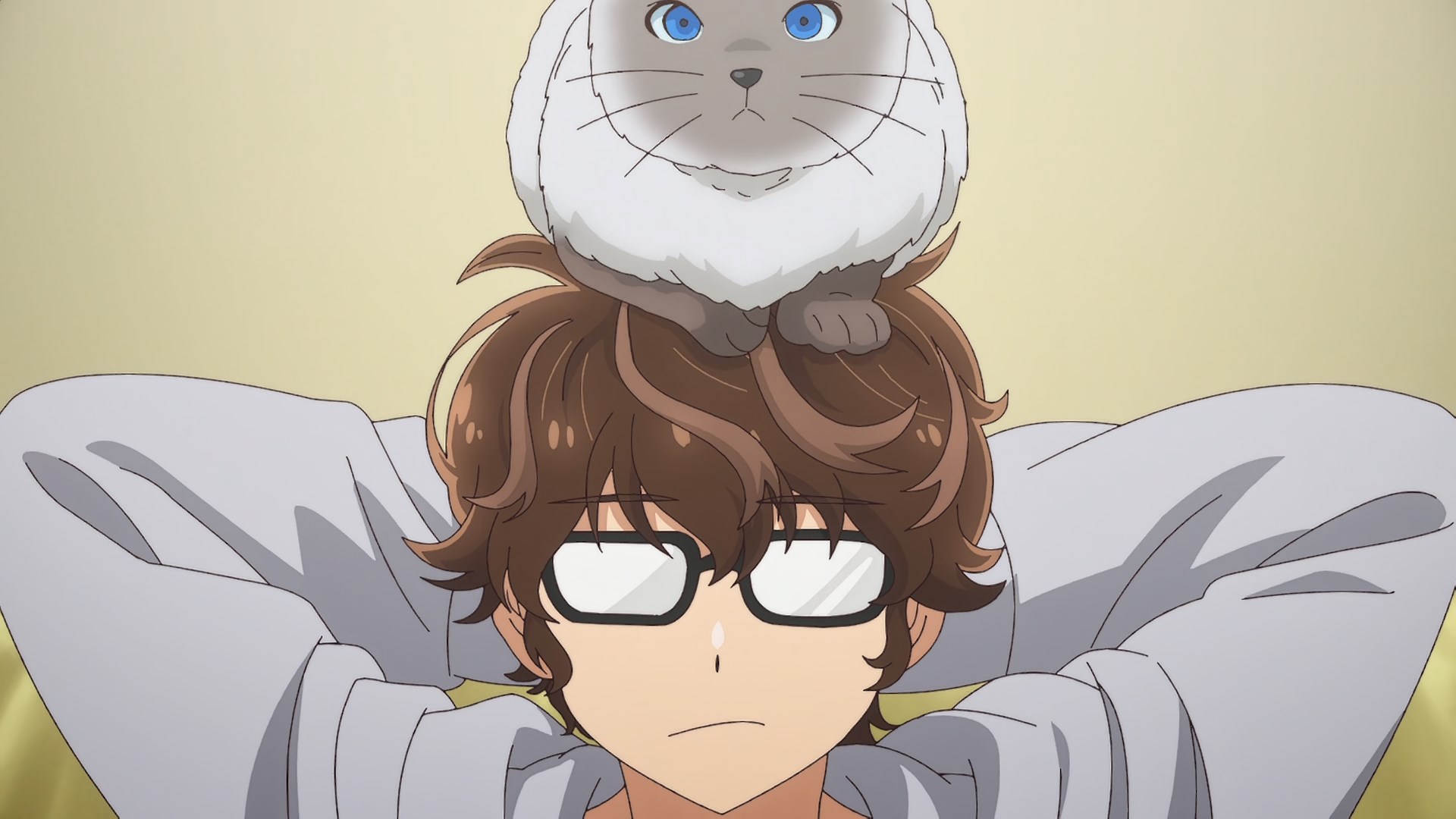
Ohara’s motivations for not wanting to go are much easier to understand. Who’d want to leave their cat behind? I’ve actually been in a similar situation, when the company I was working for at the time needed more IT people for their Australian operation and was looking for volunteers to go to Sydney for a year or two. Setting aside all the other hassle, learning it could cost thousands of dollars and take months to get my cat shipped over, robbed me of any incentive to do so. Couldn’t do that to her.
Honjoji too is understandable. She loves reading about travel and collects maps, she just doesn’t want to do so herself. That it’s her that comes up with and proposes the fake marriage planfits what we see of both her and Ohara this first episode. Ohara is a bit slow, always getting scolded for being slow to respond when it’s more that he needs to take that little bit extra time to be able to respond correctly. Honjoji meanwhile has the sort of resting bitch face the Japanese in particular seem unable to handle, but has alittle bit more initiative to her. Both read as maybe a little bit neuroatypical, but in as how far that’s intended is anyone’s guess. They do get treated a hell of a lot better the moment they announced their fake engagement though; suddenly they fit in with their coworkers expectations in a way they individually did not. They’re now “the office couple” rather than a pair of weirdos.
An interesting first episode so far, let’s see if it can keep it up.
